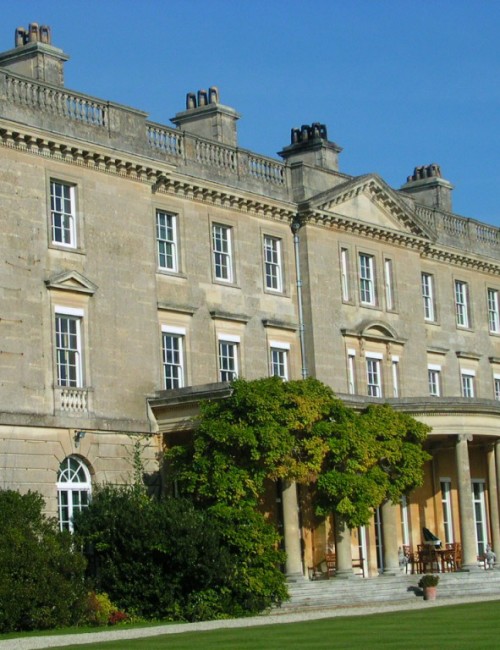The Jewish experience in the United Kingdom (England, Wales and Northern Ireland) is one of the longest in the world. It was William the Conqueror, who during his invasion of England, encouraged Jews (mainly merchants and artisans) to follow him from France, Germany, Italy and Spain. Their job: to make sure the royal purse was always full. Later in 1290, England was the first to expel its Jews, although many Jews remained in London thereafter, practicing their religion in secret.
It wasn’t until Oliver Cromwell came to power that Jews were allowed to officially return; many of those who did were the descendants of refugees from the Spanish Inquisition. Once Jews returned in the 16th century, however, they became more and more integrated into society. England was, for a time, one of the most religiously tolerant countries in Europe. British Jewry received formal emancipation in 1858 and has continuously grown larger and stronger.
By the end of the 17th century, the practice of Judaism was legalized, resulting in the construction of the Bevis Marks Synagogue, one of London’s most stunning Jewish sites and still in service today. Today, the United Kingdom can claim to be the world’s fifth largest Jewish community with around 300,000 Jews, most of them residing in London.
One of the world’s top institutions for Talmudic learning is the yeshiva at Gateshead. The Conference of European Rabbis is an Orthodox forum that is based in London and is presided over by the British Chief Rabbi. The Reform movement set up its own rabbinical seminary in 1956, the Leo Baeck College, which attracts students from all over Europe.
Here are some examples of the customized luxury tours that European Jewish Heritage Tours organizes in the United Kingdom.
Jewish Heritage in London
European Jewish Heritage Tours will take you to the old heart of London, known as the City, where the first Jewish settlers have lived since Oliver Cromwell. Our local expert guides will show you the hauntingly beautiful Bevis Marks Synagogue, built in 1701 and modeled after the Portuguese Synagogue in Amsterdam.
Then it’s off to Chancery Lane, to find the residential area of England’s “closet Jews,” including the personal physician to Elizabeth I and the former home of Queen Victoria’s Prime Minister Benjamin Disraeli, as well as to nearby St. Swithen’s Lane, the site of the Rothschild headquarters, where the international price of gold is set daily.
After lunch at a local pub or kosher deli, our guide show you around the British Museum where you will see the sculptures from Assyria –the place where King Sennachrib had a great victory over Lachish which is near Jerusalem. You will also see the treasure from Ur where the Hebrew prophet Abraham was born.
Your visit should also include the Jewish Museum of London, where you can learn more about religious life and daily life of Jews in London and beyond, as well as admire the outstanding Judaica collections.
For lengthier visits, our guides will take you to the unique Freud Museum in Hampstead, the psychoanalyst’s last residence prior to his death, that features both his famous analyst couch and his priceless collection of 3,000 ancient statuettes.
Wartime history buffs won’t want to miss what is considered the most poignant exhibition at London’s Imperial War Museum’s Holocaust Exhibition, four years in the making, with rare and important objects from Germany, Poland and the Ukraine.


Stately Homes of Celebrated English Jews
A day out in Buckinghamshire, 90 minutes from London by car, will take you to two stunning English estates—both of which were once occupied by famous British Jews. The first is Hughenden Manor in High Wycombe, where Queen Victoria’s trusted Prime Minister Benjamin Disraeli lived from 1848 until his death in 1881, and where the RAF had its map-making headquarters during World War Two.
The second estate is Waddesdon Manor, near Aylesbury, built by Ferdinand de Rothschild, the great-grandson of Mayer Amschel, the founder of the greatest European banking dynasty. While Waddesdon Manor boasts a superb collection of paintings and decorative arts, it also provides visitors a remarkable opportunity to learn about a family that made its mark in the world of politics and finance, and successfully lobbied the British government to produce the Balfour Declaration that would lead to the establishment of a Jewish homeland in Israel.

